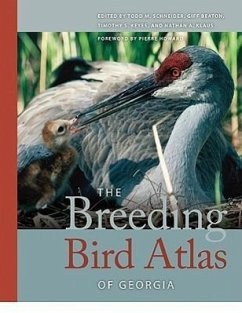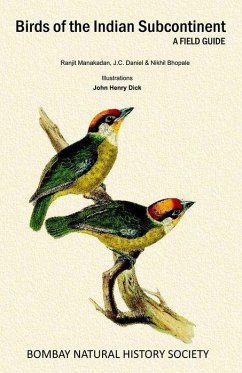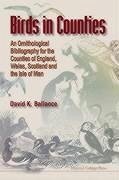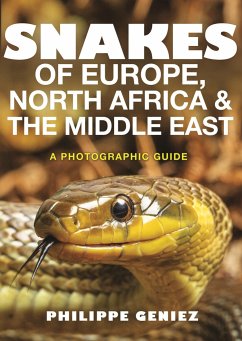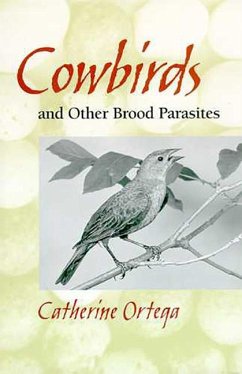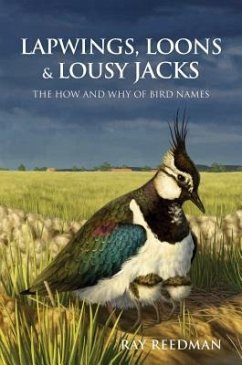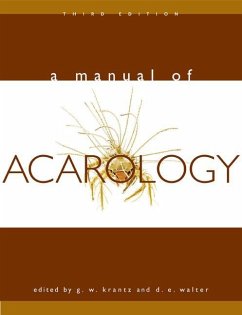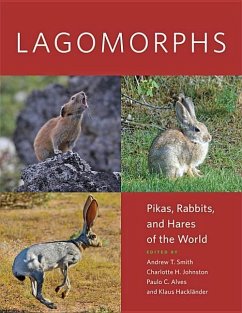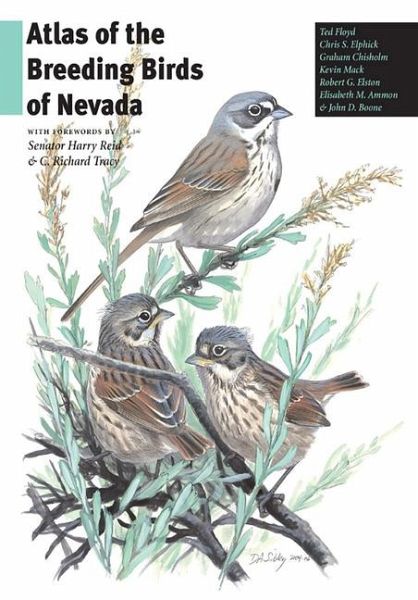
Ted Floyd
Gebundenes Buch
Atlas of the Breeding Birds of Nevada
Versandkostenfrei!
Versandfertig in über 4 Wochen

PAYBACK Punkte
22 °P sammeln!




Presents 275 species of birds that breed in the state, with a description of each bird; an analysis of its breeding distribution in Nevada; a discussion of its conservation status; a map illustrating its distribution throughout the state; and summary statistics on its breeding status, habitat distribution and abundance.
Ted Floyd is the editor of Birding magazine, the flagship publication of the American Birding Association, and served as the Great Basin Bird Observatory's atlas project coordinator throughout the field survey period. He has published widely on birds and ecological topics and was the coeditor of the journal Great Basin Birds, Great Basin regional editor for the journal North American Birds, and list owner of the popular NVBIRDS listserver. Floyd is broadly involved in the birding community in his current home state of Colorado and has recently been appointed to the steering committee for the second-generation Colorado Breeding Bird Atlas. Chris Elphick is a conservation biologist at the University of Connecticut. He earned his Ph.D. from the Program in Ecology, Evolution and Conservation Biology at the University of Nevada, Reno, for his work on the conservation implications of different methods of managing rice fields in California. His current research focuses primarily on the ecology and conservation of birds in wetlands and agricultural settings. Along with David Sibley and Barny Dunning, he writes the syndicated column "Sibley on Birds" and coedited the Sibley Guide to Bird Life and Behavior. A birder since childhood, Graham Chisholm now lives in Berkeley, California, with his family and is the director of conservation for Audubon California. In his role as cofounder and first director for the Great Basin Bird Observatory (GBBO), Chisholm helped build the partnerships to get the Atlas of the Breeding Birds of Nevada under way. Previously Graham served as an aide in the U.S. Senate and worked extensively on land and water conservation issues in the West while serving as director of both the Nevada and California programs for The Nature Conservancy. He coauthored with Larry Neel The Birds of the Lahontan Valley. Kevin Mack grew up in Queens, New York, where birds were the one accessible part of the natural world. After spending summers in the Catskills and along the coast, he headed to Orono, Maine, where his college years found him birding as a complement to mountain biking, cross-country skiing, and rock climbing. Mack has worked for Patagonia, Inc. and the Great Basin Bird Observatory as an intern and employee. He helped found the Nevada Wilderness Project (NWP), a nonprofit group whose aim is to increase the amount of congressionally designated wilderness on Nevada's federal public lands. He now works on behalf of NWP in Washington, D.C., and has found time to volunteer as a fieldworker for the second generation of the Maryland Breeding Bird Atlas project. Robert G. Elston is a Geographic Information Systems analyst and cartographer for the Biological Resources Research Center at the University of Nevada, Reno. In that role he supports ecologists and conservation biologists working in Nevada and the greater Intermountain West. His M.S. thesis examined the concept of island biography as applied to the high mountain ranges of the Great Basin. Elisabeth M. Ammon did her dissertation research on habitat relationships and predictors of nest success in Lincoln's Sparrow and Wilson's Warbler at the University of Colorado, Boulder. At the University of Nevada, Reno, she later pursued research on riparian restoration projects in order to facilitate restoration of wildlife habitats and monitored bird and amphibian populations as the projects were implemented. Since 2002 she has been working for the Great Basin Bird Observatory as a bird monitoring coordinator and science director. John D. Boone received his Ph.D. from the University of Colorado, Boulder, focused on habitat restoration for mammals and birds at the Rocky Mountain Arsenal. His work as a postdoctoral fellow, and an assistant research professor, at the University of Nevada, Reno, specializes in the ecological aspects of zoonotic host-pathogen systems. He now focuses on conservation-oriented projects in the Intermountain West.
Produktdetails
- Verlag: University of Nevada Press
- Seitenzahl: 608
- Erscheinungstermin: 9. März 2007
- Englisch
- Abmessung: 286mm x 223mm x 46mm
- Gewicht: 2635g
- ISBN-13: 9780874176957
- ISBN-10: 0874176956
- Artikelnr.: 22517410
Herstellerkennzeichnung
Libri GmbH
Europaallee 1
36244 Bad Hersfeld
gpsr@libri.de
Für dieses Produkt wurde noch keine Bewertung abgegeben. Wir würden uns sehr freuen, wenn du die erste Bewertung schreibst!
Eine Bewertung schreiben
Eine Bewertung schreiben
Andere Kunden interessierten sich für


